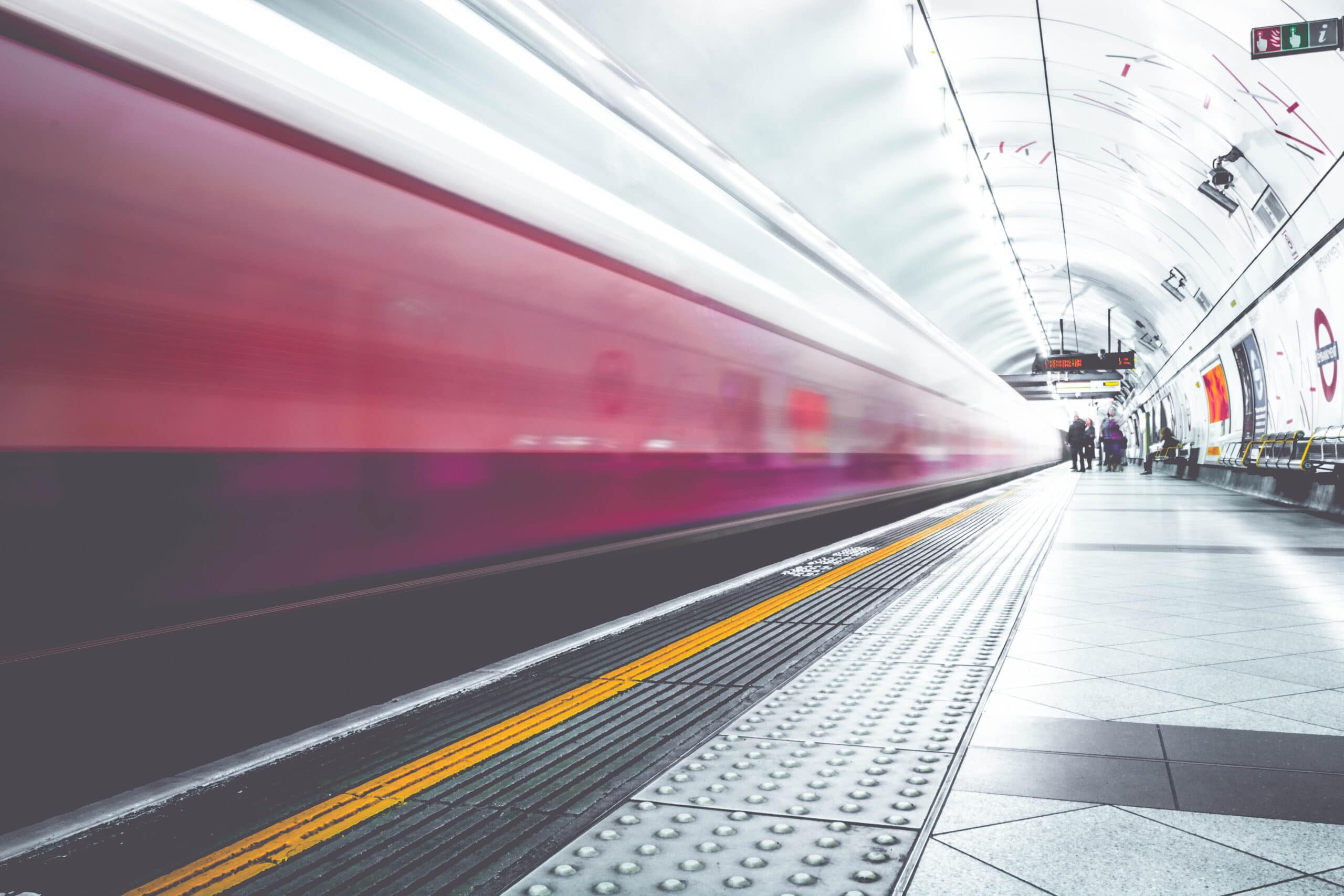Mobile app crowdsensing to increase revenues through advertising
16th Feb 2017


Moving lots of people across urban areas on daily basis requires a huge strategic planning effort. There are many variables affecting passenger load and flow that need to be considered, including weather, congestion, roadworks, accidents, faulty vehicles, special events. Transport operators are well aware of these situations and work hard to provide a great service. But with continual advances in technology, there are new ways of improvement.
Mobile crowdsensing is the technique of collecting and analysing sensor data from mobile devices of a large group of individuals. Most passengers travel with a smartphone these days, so operators are missing an opportunity by not taking advantage of the potential of these devices. TfL has just published the results of an experiment tracking phones using wifi signal, carried out at 54 tube stations, for a month at the end of 2016:
“Perhaps the number one reason to do the trial was to better understand the journeys that people actually make on the Tube. At the moment, TfL can tell what station you started and ended your journey at based on your Oyster card – but it can’t tell how you got between two locations. It sometimes supplements this data with a Rolling Origins Destination Survey (RODS) to figure out specific routes, but this is done manually, which is expensive and time consuming. So one immediately obvious benefit of the wifi data is being able to collect the same data much faster, on a larger scale, and for a fraction of the cost.”
Suddenly it becomes much faster and cheaper to identify travel patterns which can help to make more informed decisions on network management. Efficiency is definitely a good way of reducing costs, but this information can also be used to bring in some extra revenue:
“The advertising upshot could be valued at hundreds of millions of pounds because TfL will be able to offer better analytics to advertisers about exactly how many people are looking at their ads around the tube network […] TfL can offer differential pricing depending on how good each advertising slot is.”
Many stops and vehicles are already equipped with digital screens to display ads. Having all this information can even allow to offer different advertising slots based on time and location. Taking the idea a step further, it’s easy to imagine offering more tailored ads based on the characteristics of groups of people travelling at any given time (e.g. students and elderly people).
Historical data is needed to perform much of this analysis, so data needs to be collected over extended periods time. However, processing crowdsensing information in real-time enables further applications like identification of disruptions or improving live departure information. For example, a group of researchers from Budapest University of Technology and Economics developed a prototype app that collects sensor data from users participating in the experiment to provide real-time information on public transport in Budapest (see research paper).
Our operator mobile apps at Passenger have been collecting data for a while and we’re continually looking at more ways in which we can leverage it for the benefit of our customers. We’ll be sharing more about these experiments and what we’ve learned in the coming weeks, but if you’d like to find out more in the meantime please don’t hesitate to get in touch.
Tags
Share this article

Newsletter
We care about protecting your data. Here’s our Privacy Policy.
Related news

Start your journey with Passenger
If you want to learn more, request a demo or talk to someone who can help you take the next step forwards, just drop us a line.